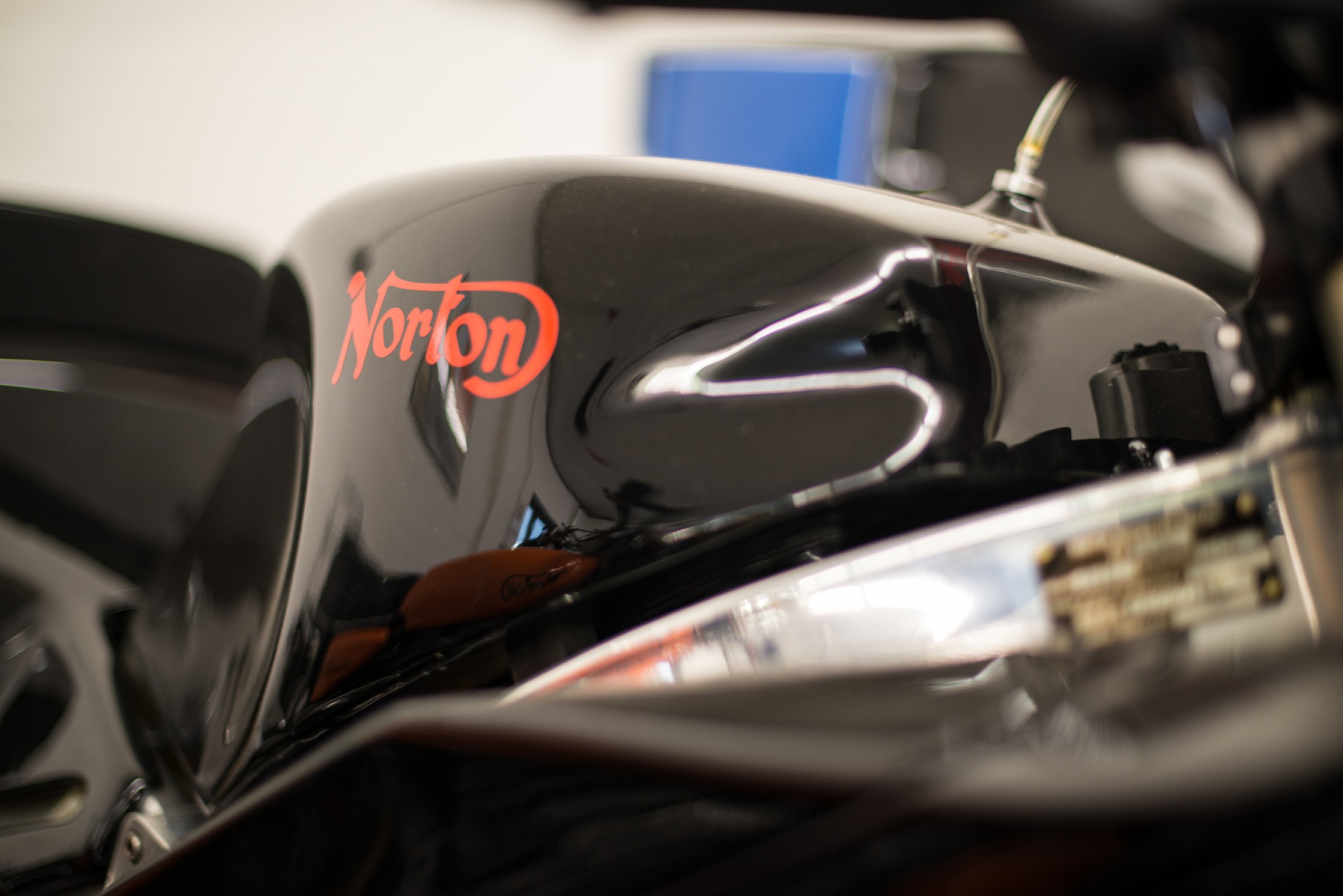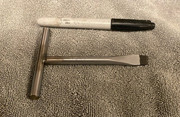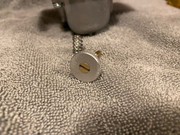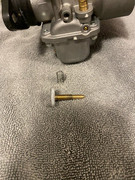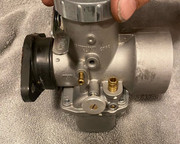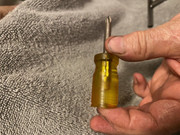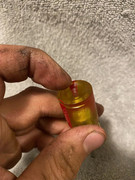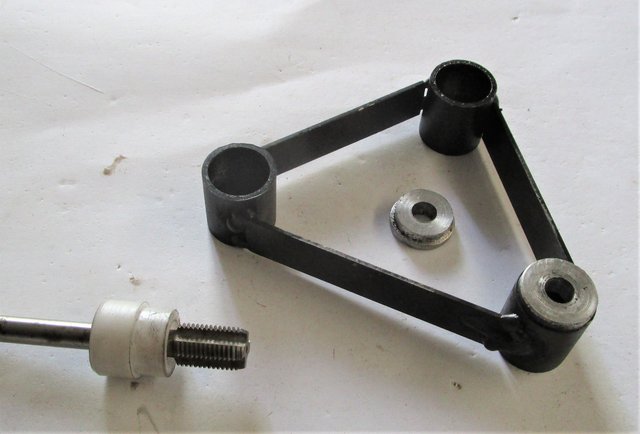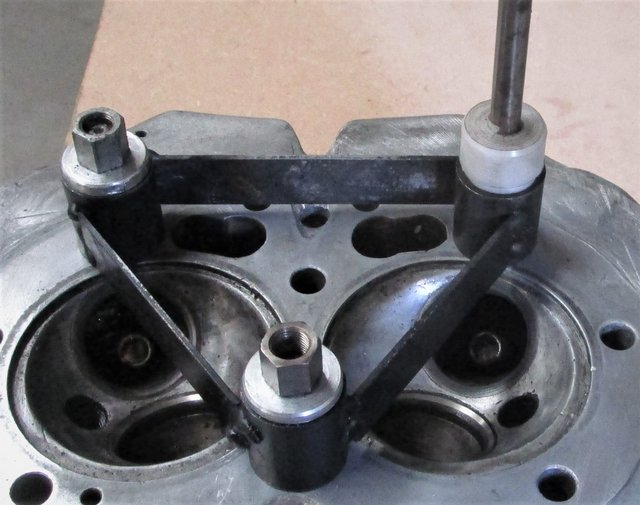Here are 2 tools I made for specific jobs. And a mikuni slide adjuster screw which makes it a lot easier to turn the idle up and down and easily locate the screw. I looked for years for this and finally made them myself.
The T-handle was made for the lucas headlight screw, it's much easier to control than the usual foot-long screwdriver. It's also good for the Oddie fittings on the Atlas side cover and turning rocker spindles among other things.. The cut down phillips is for the carb float bowl screws, either Mikuni or Amal. I turn down the O.D. in the lathe and dimple the end. The dimple allows for much better control and makes a frustrating job quite a bit easier. I can make more of them for a very reasonable price.
Idle adjust screw...$20
Cut down 3/8 flat screwdriver....$12
Phillips stubby screwdriver....$10


